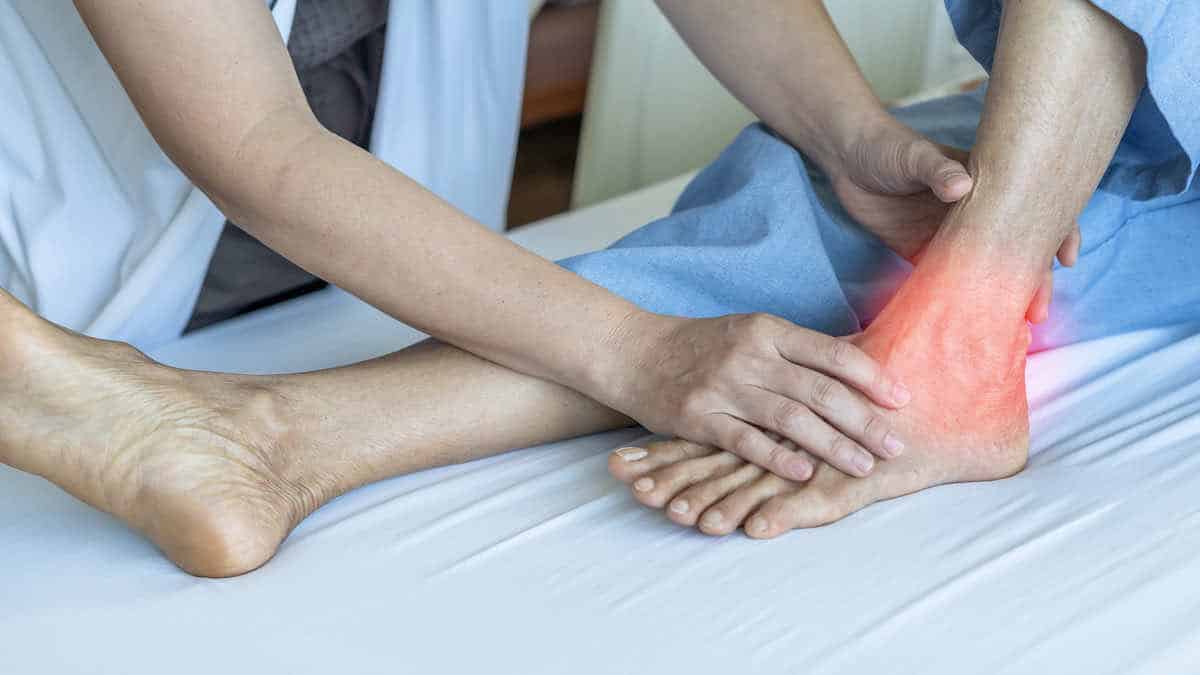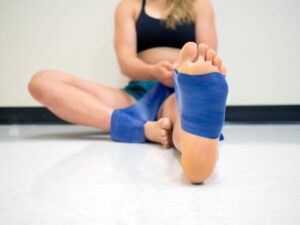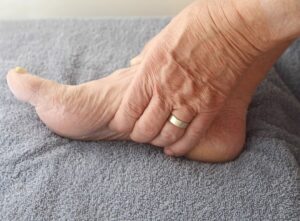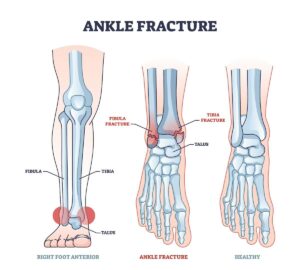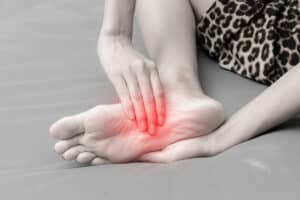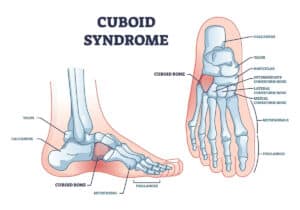Free download: Top 10 Natural & Easy Remedies for Joint Pain from Home. Learn these helpful remedies.
Estimated Reading Time: 5 minutes read
Growing older is like a box of chocolates – you never know what you’re gonna get! But don’t fret; we’re in this together! This time, it’s posterior tibial tendonitis. This condition affects the tendon that links your calf muscle to the bones in your foot. This mighty tendon helps maintain your foot’s arch and supports you during fun activities like chasing after grandkids or shaking it in senior Zumba classes.
This pesky condition can cause discomfort and even make walking challenging, but fear not – with the right exercises and care, you’ll be back to boogying down in no time!
Table of Contents
What on Earth Causes It?
Ah, the wisdom of age! As we get older, we learn new things every day, like mastering our favorite recipe with less salt or dodging those pesky telemarketers. But let’s chat about something you might not be aware of posterior tibial tendonitis. It’s a condition that can cause pain in your foot and make walking challenging.
So, what’s behind it? It can happen if you overuse your foot, like attempting to run marathons or dancing until the cows come home. Or maybe you tripped during your last walk, or you’re carrying a few extra pounds that are putting extra strain on your foot. And would you believe it, even arthritis can be a sneaky culprit!
Those Annoying Symptoms
Let’s talk symptoms of posterior tibial tendonitis. You might experience pain on the inside of your foot or ankle, swelling along the tendon, difficulty walking (especially on uneven ground or stairs), or aching and fatigue in the foot or ankle after a long day. If any of these symptoms sound familiar, seeing a doctor or physical therapist for a proper diagnosis and treatment plan is essential. Better safe than sorry, right?
Treatment Options to Get You Back on Your Feet
Here’s the good news: several treatment options are available for posterior tibial tendonitis. So, sit back, relax, and let’s explore your options:
- Rest: Give those activities that bother the tendon a break and let it heal. Perfect time to binge-watch that show everyone’s been talking about!
- Ice: Apply ice to the sore area to reduce pain and inflammation. And while you’re at it, why not indulge in some ice cream, too?
- Braces or orthotics: Devices like these can support the foot and reduce strain on the tendon. Time to swap those worn-out slippers for comfy, supportive shoes!
- Surgery: In severe cases, surgery might be necessary to repair or replace the damaged tendon. But let’s keep our fingers crossed that it doesn’t come to that – who wants to deal with hospital food, right?
Exercises: Strengthening Moves to Keep You Groovin’
Strengthening exercises can lend a helping hand to the tendon and ward off future injuries. So dust off those resistance bands and let’s dive into a workout routine that’ll have your posterior tibial tendon thanking you:
1. Towel Calf Stretch
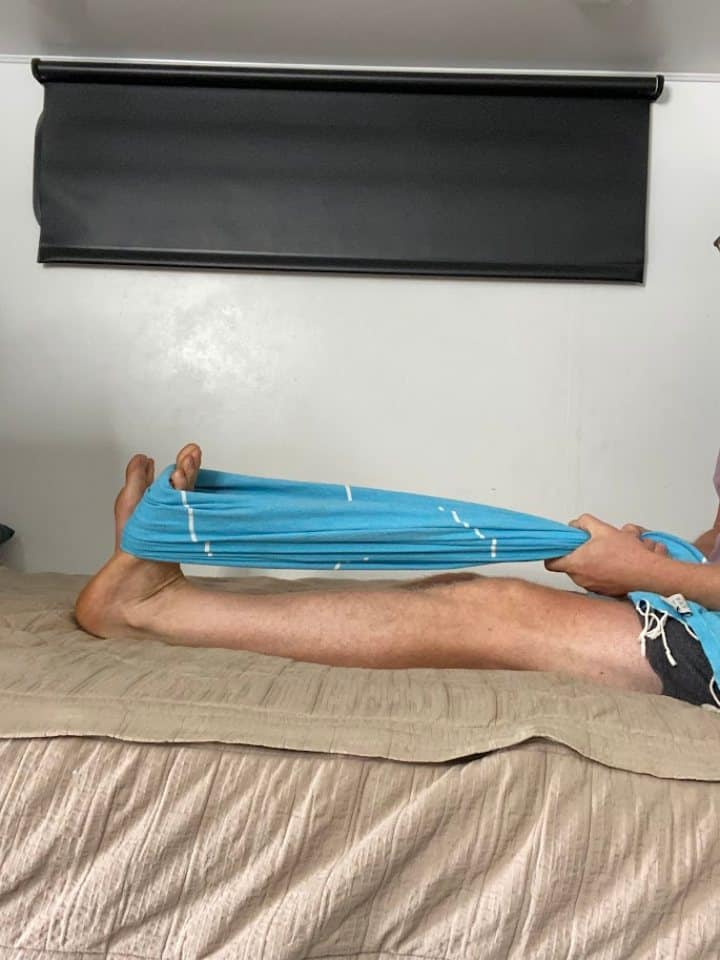
- Starting position: This stretch can either be seated in a chair with the leg to be stretched extended in front of you or sitting on the floor or on your bed with the leg to be stretched extended in front of you.
- Using a non-elastic strap (e.g., stretch strap, belt, sheet), loop it around the ball of the foot.
- Slowly pull the foot back towards you until a calf stretch is felt.
- Hold the position for at least 30 seconds and for 3 sets, then
- Repeat on the other leg.
2. Soleus Calf Stretch
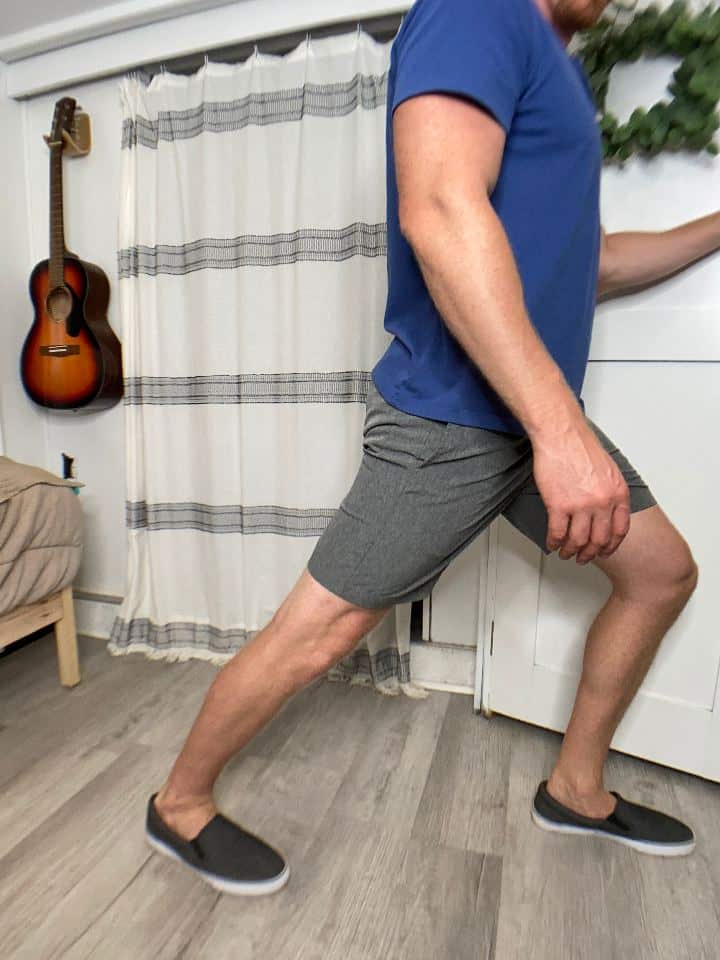
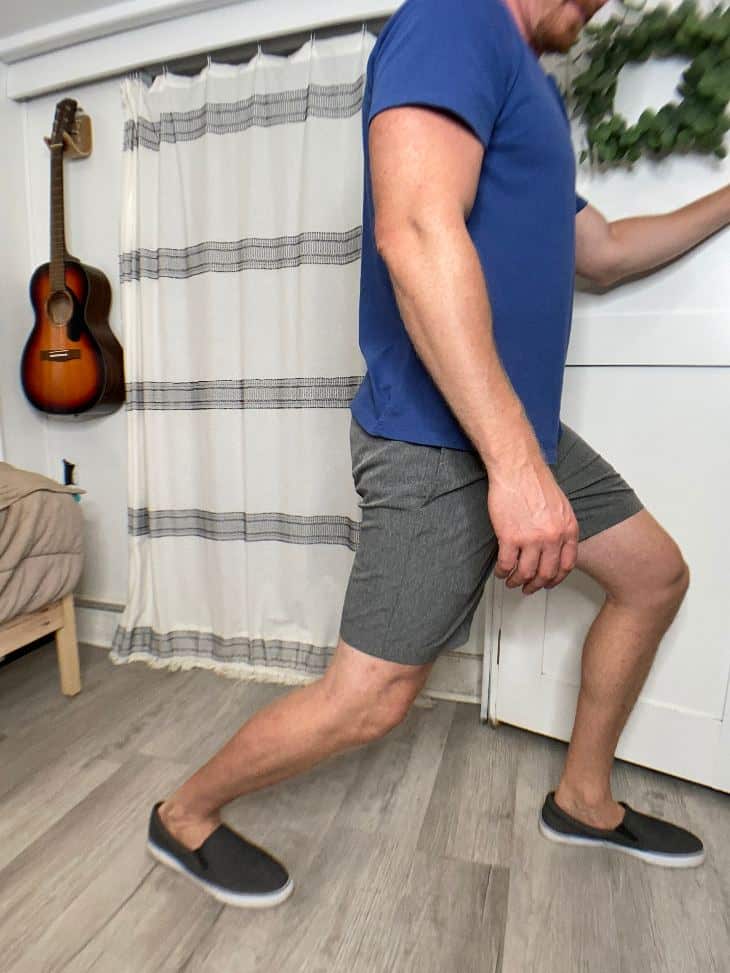
- Perform this stretch exactly like the gastrocnemius calf stretch, except with a small difference.
- Instead of keeping the back leg straight, have the knee slightly bent. You’ll feel more of a direct Achilles tendon stretch with this.
- Hold the position for at least 30 seconds and for 3 sets, then
- Repeat on the other leg.
3. Heel Raises
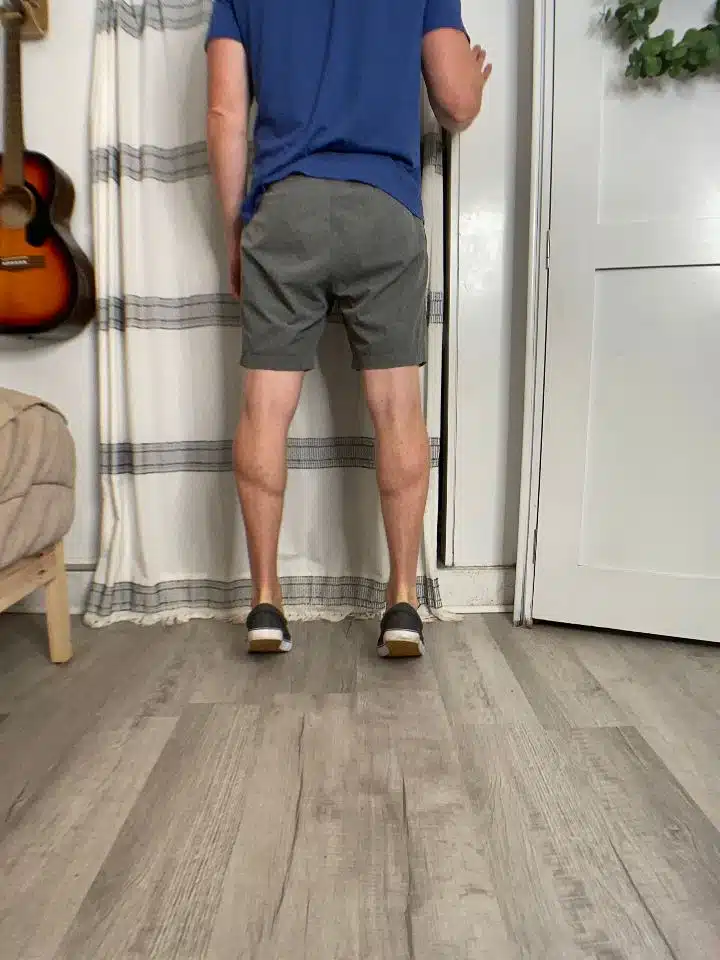
- Place the feet shoulder-width apart and stand with the legs straight.
- Lift both heels off of the floor at the same time, then slowly lower your heels down to the floor.
- Repeat 10 repetitions for 3 sets, as tolerated.
4. Ankle Inversion with Resistance Band
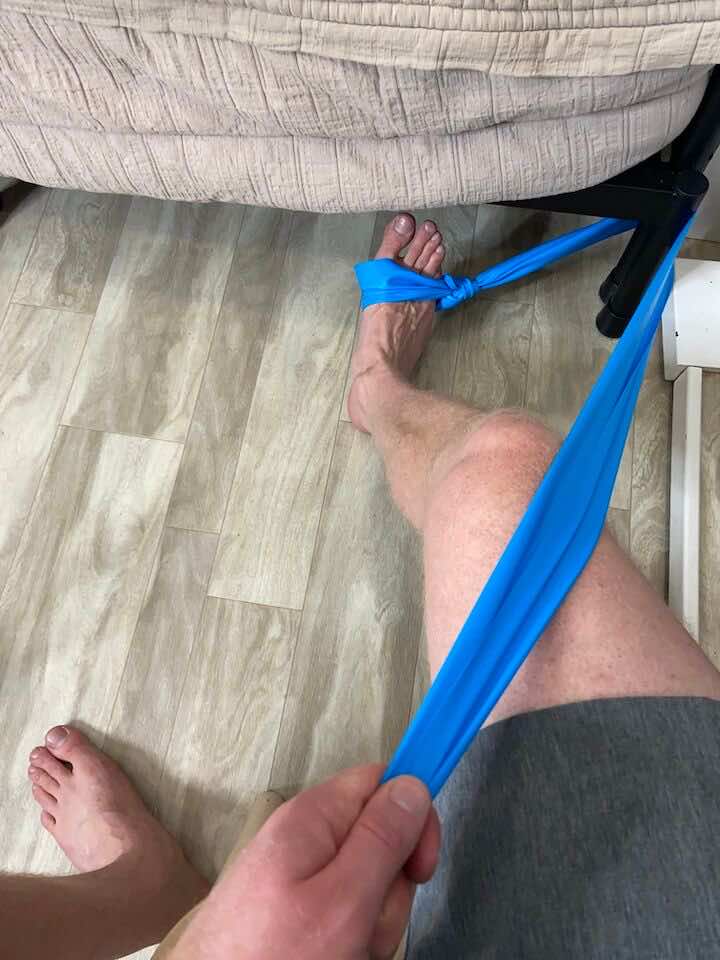
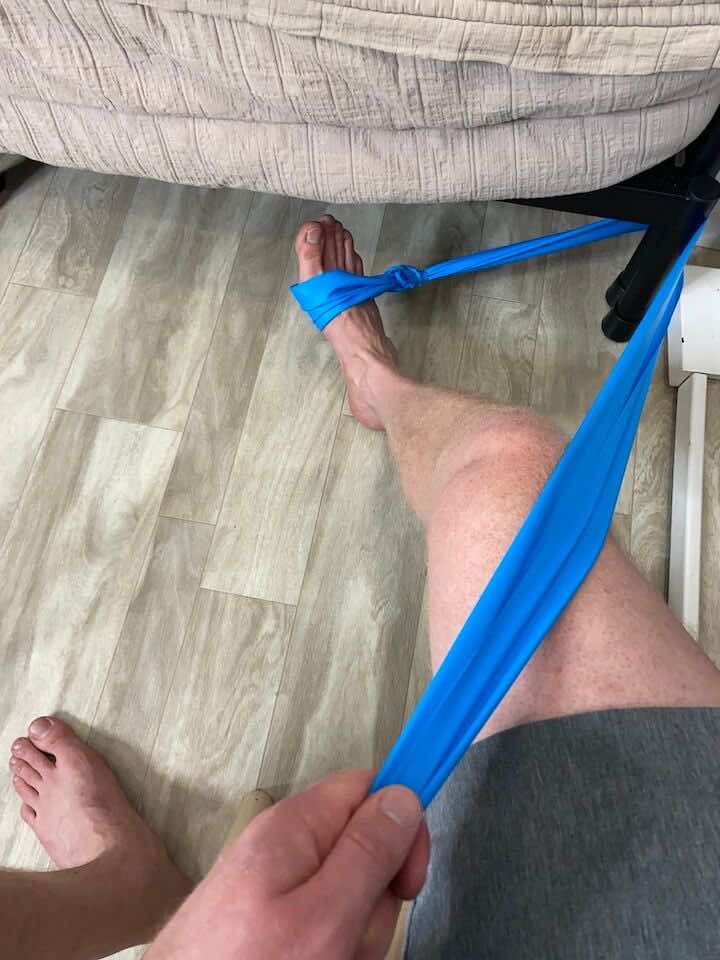
- Sit near a heavy table or sturdy chair that won’t move easily.
- Loop the resistance band over your foot and around the table or chair leg, as shown in the picture above.
- Bring your foot in like you’re angling your ankle toward your other foot, squeeze in then relax.
- Repeat 10 repetitions for 3 sets.
Tip: Work on just moving your ankle and not your entire leg when performing this exercise! See if your knee rolls out at all; try to keep it still.
5. Arch Lifts
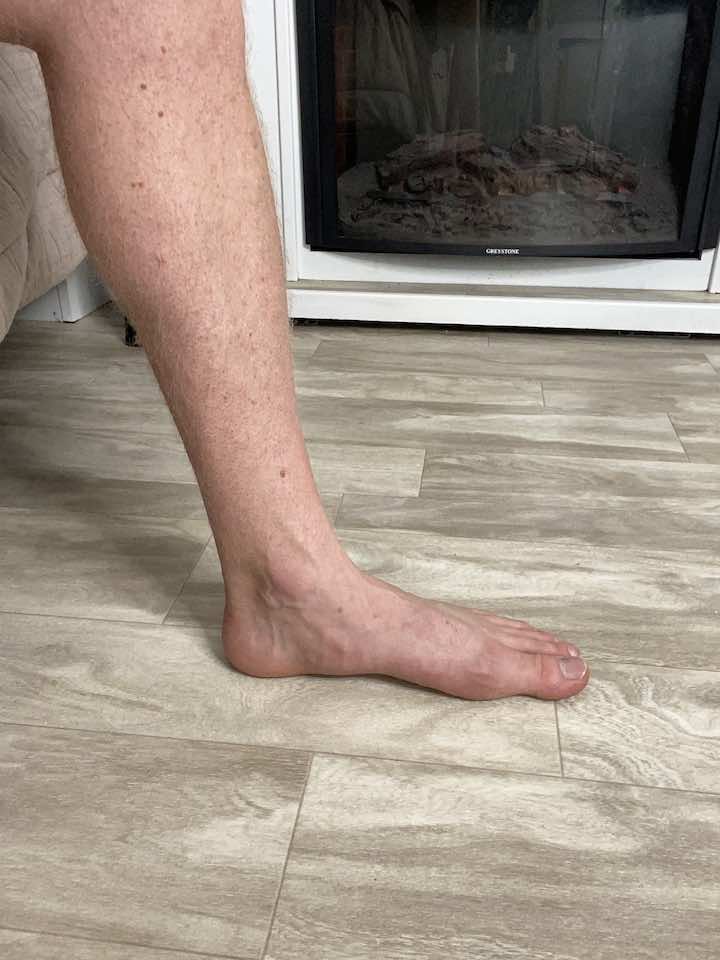
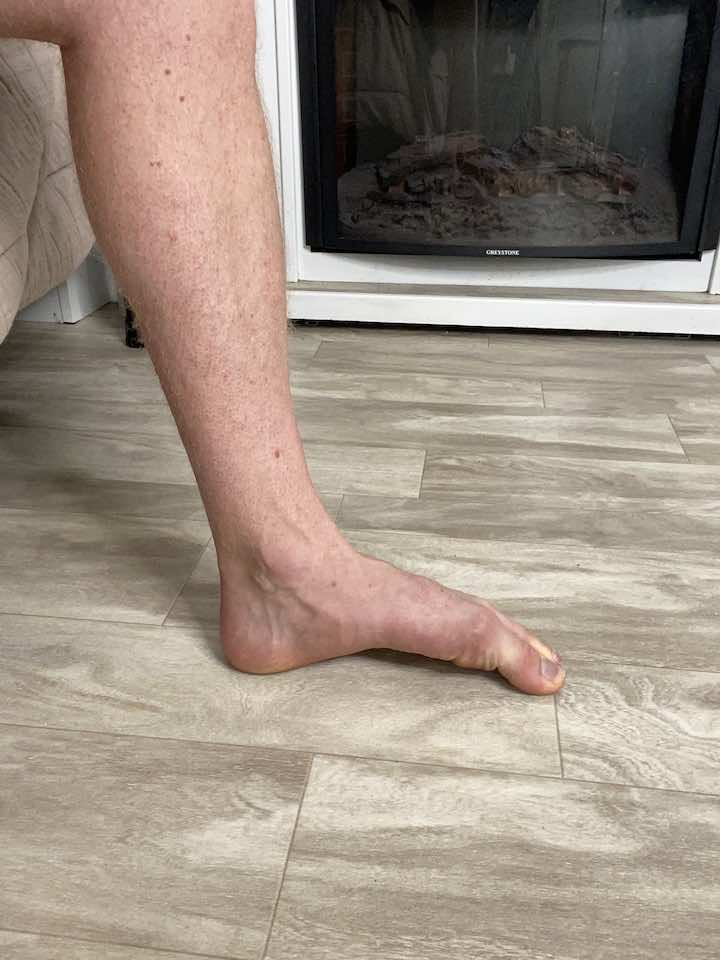
- Sit with your bare foot flat on the floor, and relax your toes.
- Keeping your toes relaxed as much as you can, pull the ball of your foot towards your heel. You can also think of this as trying to lift your arch. Here’s the thing, this exercise is not very satisfying because your foot will only move a little, and that’s expected!
- Repeat 10 repetitions for 3 sets.
In Conclusion: Keep Calm and Dance On
So there you have it – posterior tibial tendonitis is a common condition that can cause discomfort and difficulty walking. However, with the right treatment and care, you can return to doing what you love. Remember to listen to your body; if you’re experiencing any symptoms, don’t hesitate to seek medical attention.
And always remember, even with posterior tibial tendonitis, age is just a number, and there’s always time for dancing! So, keep calm and dance on because you’re as young as you feel and as young as you dance!
Stay fabulous, my friend, and keep enjoying the golden years – posterior tibial tendonitis or not! Now, go ahead and share your newfound knowledge with your friends, so you can all stay informed and healthy together. After all, what is the point of learning something new if you can’t show off a little?


